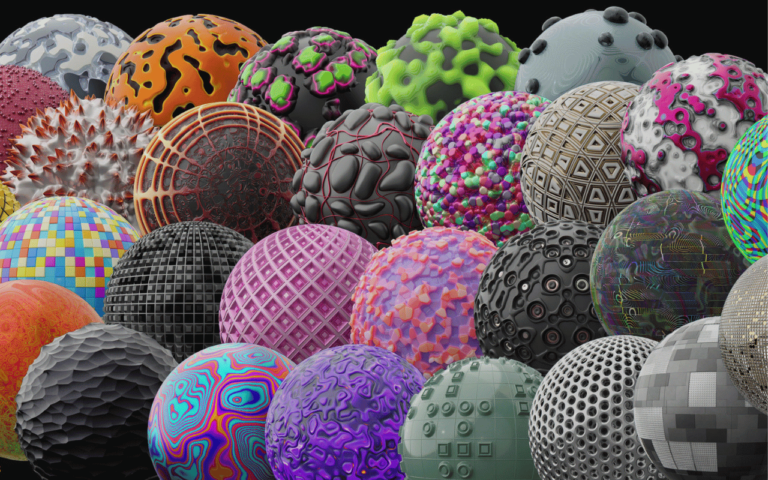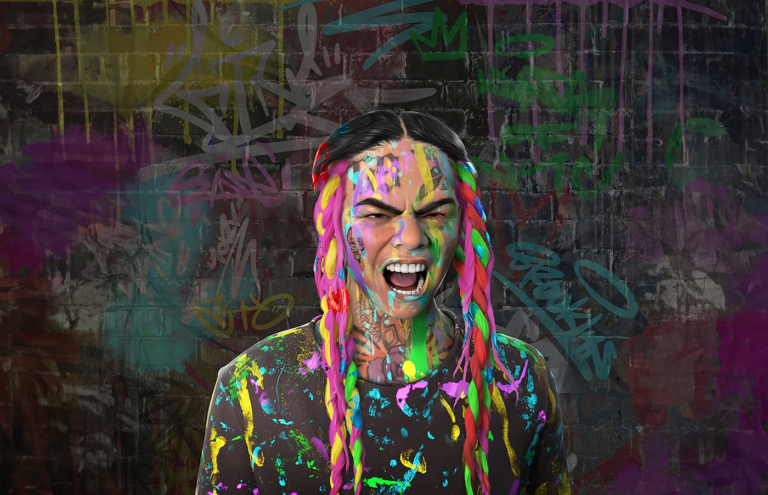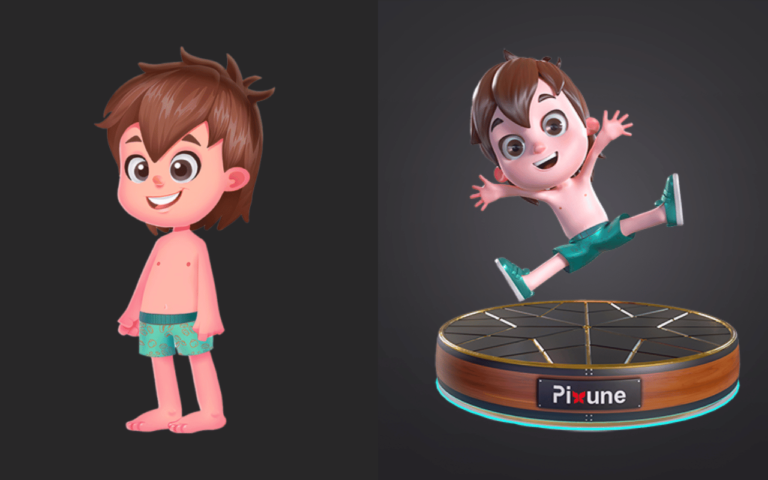3D VFX cost can range from $2,000 to $10,000 for small, simple projects to over $100 million for major Hollywood blockbusters with extensive visual effects work. Visual effects have become a core component of modern films, TV shows, games, and commercials. Creating realistic CGI environments, characters, effects, and simulations is a technically challenging process that requires specialized skills and software. The resulting costs of 3D visual effects (VFX) work can vary dramatically depending on the specifics of each project and production. This article will examine the many factors that influence VFX pricing. Understanding how different elements impact budgets can help productions better plan, estimate, and manage VFX costs.
How Much Does VFX Cost Per Minute?
Here’s a general range of costs per minute for different levels of VFX in 3D animation:
- Basic VFX: $1,000 – $2,000 per minute
- Intermediate VFX: $2,000 – $5,000 per minute
- Advanced VFX: $5,000 – $20,000 per minute
- Highly Complex VFX: $20,000 – $100,000 or more per minute
Hourly Price Rate for Visual Artists
- Around $50-$100 per hour per junior artist.
- Between $150-$250 per hour per mid-level artist.
- About $300-$1,500+ per hour per senior artist.
Animation Studios Price Rate
- Small animation companies’ rates range from $3,000 to $10,000 per minute.
- Large studios will go from $10,000 to $30,000 per minute of animation.
Popular Examples for VFX Cost
The visual effects cost for Alice in Wonderland is about $78,200,000. It has 1,700 shots which means $46,000 per VFX shot.
The visual effects cost for Avatar: The Way of Water is about $250,000,000. It has 4,000 VFX shots which means $62,500 per VFX shot.
Influencing Factors for 3D VFX Cost
It’s important to note that the 3D VFX cost can vary significantly based on many factors. Here are 9 influencing factors that can impact the cost of VFX services:
1. Project Complexity
The complexity of a project’s visual scope is one of the largest determinants of cost. At a basic level:
- Simple VFX Projects – Involve straightforward compositing or basic 2D/3D elements with minimal interactions. Simple particle effects, matte paintings, or clean plate extensions fall into this category.
- Medium Complexity Projects – Require modeled 3D environments, vehicles or characters with limited dynamics and interactions. Moderate particle systems, destruction simulations or augmented reality elements fit here.
- Complex Projects – Demand photo-realistic CGI characters/creatures, expansive environments, complex interactions, and multi-stage simulations. Elaborate battle/action scenes, natural phenomena, or digital twins fall under complex.
Naturally, more intricate visuals involving detailed modeling, texturing, rigging, and simulation translate to higher labor hours and render costs. Simple jobs may take weeks while complex projects can span over a year. Budgeting accurately incorporates project Complexity assessments.
2. VFX Shot Length
Along with complexity, shot duration impacts artist hours and render expenses. Shorter shots naturally require less production effort:
- Short Shots – Anything under 10 seconds. Often compositing or simple 3D elements.
- Medium Shots – Between 10-30 seconds. Room for more intricacy but still focused pieces.
- Long Shots – Over 30 seconds. Entire sequences or elaborate multi-stage shots drive costs up. Longer footage means extra work reviewing frame-by-frame.
Key factors like the number of elements, level of interactions, and the number of technical challenges are scaled with longer shots. Extended shots see increased animation, simulation, lighting, and rendering resource demands.
3. Number of VFX Shots
The shot count directly translates to total labor hours across all departments. Doubling shots doubles work. However, reusing assets across shots reduces individual shot costs:
Less than 10 Shots – Very low total hours for minor VFX support.
- 10-50 Shots – Medium workload fitting many shows/films. Reusable assets remain efficient.
- 50-100 Shots – Substantial VFX component driving up costs and timelines.
- Over 100 Shots – VFX-dominant projects like blockbusters stretching budgets and schedules.
Leveraging common elements, environments and interactions where possible maintains efficiencies as shot counts rise.
4. Render Quality
Higher render resolutions and sample counts yield smoother, more photoreal images but at a steep computing price:
- Low Quality – Suited to the web, 480p deliverables. Fast renders but lacks realism/fidelity.
- Medium Quality – Film/HD quality at 1080p-4K. Balances quality and performance for many shows.
- High Quality – Especially for IMAX, 8K+ resolution. Hyper-realistic images demand heavy rendering power.
Extra passes for superb anti-aliasing, ambient occlusion, etc. further drive quality renders. Budgeting factors in hardware expenses to meet render demands and timelines.
5. Simulation Complexity
Visual effect simulations like destruction, fluids, cloth, and fire involve computational challenges:
- Basic Simulations – Individual anim/sim elements. Explosions, minor cloth/hair simulations etc.
- Complex Simulations – Multi-phase simulations interacting across shots. Building collapses, storms, crowds, etc.
Photorealistic simulations improving continuously require substantial R&D investments, longer iteration and enhanced CPU/GPU resources. They significantly elevate costs compared to simpler sims.
6. Software and Tools Used
Licensing industry-standard production software forms a major VFX budget line item:
- Open Source/Indie Tools – Limited capabilities suiting low budgets/early concepts.
- Commercial Software – Licenses for applications like Maya, Houdini, Nuke, etc. Scale with seat counts.
- Proprietary Software – Specialized, high-end programs for character/environment creation drive costs up.
Complex plugins, render and simulation licenses exponentially inflate costs. Factoring tools appropriately guard budgets against unforeseen licensing needs.
7. Artist Experience and Team Size
Staff experience impacts salary expectations and outputs:
- Junior Artists – Lower pay but longer hours and oversight. More training is needed to reduce productivity.
- Mid-Level Artists – Steady outputs with less supervision. Balanced salary to productivity ratio.
- Senior Artists – Higher salaries are offset by leadership, problem-solving, and mentoring skills, which boost efficiency.
Larger teams and 3D animation studios also incur additional management, resources, and coordination expenses, which scale roughly linearly with headcount. Optimal team sizes balance productivity against bureaucratic overhead.
8. Location of the VFX Studio
Facility locations strongly influence overheads and wage structures:
- Lower Cost Regions – Budget-friendly emerging markets. Small tax/living expenses offset by longer hours norms.
- Mid-Tier Regions – Developed Asian markets. Competitive rates amid infrastructure/talent availability.
- Higher Cost Regions – Established VFX hubs. Substantial overheads are balanced by skill concentrations and resources.
On-location shoots further impact costs through travel/housing. Holiday/overtime pay norms additionally factor in. Locating suitable tradeoffs optimizes budgets.
9. Number of Revisions
Creative tightening and client feedback drive multiple revision cycles:
- Few Revisions – Straightforward feedback loops requiring minor adjustments.
- Moderate Revisions – Iterative development across departments’ training schedules.
- Extensive Revisions – Prolonged reworks, blowing out costs/timelines from the unfixed direction.
Early concept approvals and shooting practical elements where possible streamline revision demands. Good communication also reduces unexpected changes amplifying expenses.

Putting It All Together
Properly estimating 3D VFX costs and factoring combinations of these attributes helps producers and studios accurately budget projects while obtaining high-quality results. Here are hypothetical examples:
Simple Project
- 5-10 short VFX shots supporting character/environment augmentations
- Low complexity
- Mid-quality of render
- Basic simulations like minor fire/destruction elements
- 2-3 artists working for 1-2 months
- Moderate creative and client revisions
For such a project we can estimate the following:
- Previsualization/concept art: $5,000
- Animation/modeling: $10,000
- Lighting/texturing: $3,000
- Rendering: $5,000
- Editing/compositing: $7,000
- Basic simulations: $5,000
Total Estimated Cost: $35,000
Medium Complexity Project
- 20 VFX shots requiring character/environment augmentation
- High-quality render deliverables
- Medium simulations like explosion and tornado
- A team of 5 mid-level artists led by 2 seniors working for 3 months
- Moderate creative and client revisions
For such a project we can estimate the following:
- Previsualization/concept art: $10,000
- Animation/modeling: $20,000
- Lighting/texturing: $5,000
- Rendering: $10,000
- Editing/compositing: $10,000
- Medium simulations: $5,000
Total Estimated Cost: $60,000
Conclusion
With visuals central to immersive storytelling, sophisticated 3D effects increasingly enhance productions. However, creating photoreal CGI demands intensive specialized labor investment scaling directly with shot attributes and complexity. 3D VFX costs can range from $2,000 to $10,000 for small, simple projects, and more for complex projects. Thoroughly accounting for project variables, team dynamics, and location economies helps craft affordable estimates, aligning creative visions with financial realities. Ongoing cost management then maintains stability when unforeseen challenges emerge. As capabilities grow, experienced VFX estimating assures blockbuster visuals stay on track and on budget.








